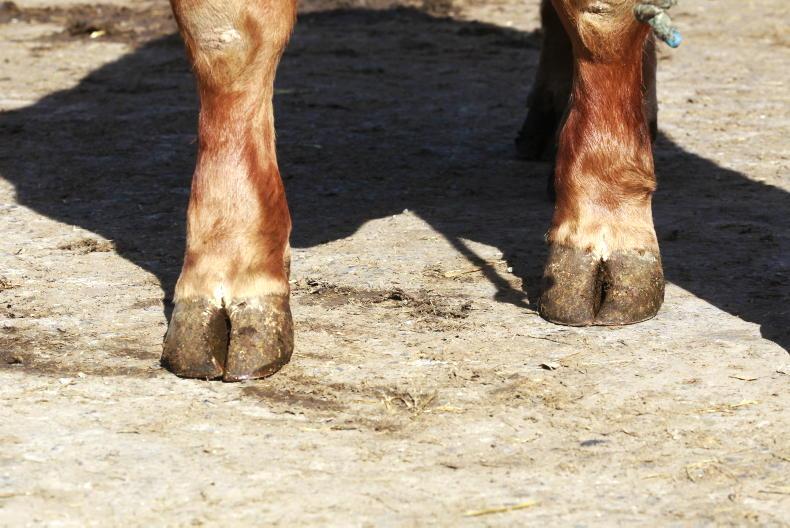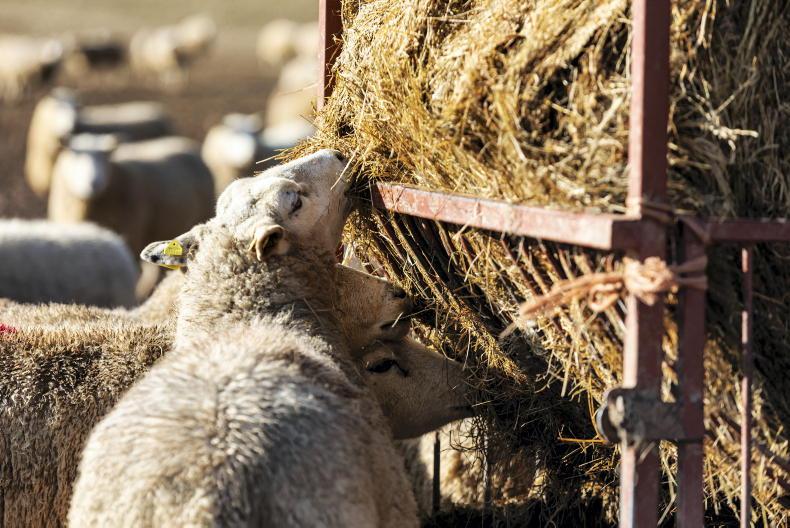Virtual fencing has the potential to be a game-changer for farming, but it should only be considered following planning and a full understanding of its potential limitations, a review of a three-year trial has found.
Virtual fencing involves the remote mapping of a farm, GPS sensors and collars on livestock. Livestock have a GPS collar fitted and the boundary of the grazing area if defined by geo-coordinates, which can be drawn on a phone.
If an animal with a collar approaches this virtual boundary, the collar emits a noise and if the animal crosses the boundary, the animal receives an electrical pulse.
Area covered
The virtual fencing pilot took place on 12 sites covering a total grazing area of 7,184ha over three years with 15 farmers in total.
Some 101 cattle collars and 71 sheep collars were deployed for use across counties Donegal, Leitrim, Sligo, Galway, Wexford and Tipperary.
A combination of the following breeds were involved in the pilot project: Connemara Mayo Blackface sheep, Dexter cattle, Kerry cattle, Galloway cattle, Hereford cattle, Angus cattle and Charolais cattle.
Different ages of animals were used across the different sites, but animals less than 12 months were not fitted with collars.
The pilot focused on the environment, the livestock and the farmers.
Habitats
A primary aim of the project was to examine how virtual fencing could be used in delivering greater environmental outcomes than the management approaches that had been undertaken up to this point.
“By and large, virtual fencing was shown to be a useful tool in this regard, when used as part of an overall package including stock type, timing, ecological considerations and much more,” it said.
The farmers involved in the project said that the virtual fencing technology helped make their lives easier
It found that sensitive soils, including peat soils, and wet grassland received less poaching where the animals were kept away from areas prone to poaching and coastal grasslands were grazed systematically during winter to clear out rank vegetation and allow floral species to thrive during the summer and autumn.
“Wet grasslands were grazed in a measured way, allowing for control in grazing levels and timing.
“Large expanses of upland habitats were grazed extensively, with adjustments made to ensure animals were not spending too long in areas that could otherwise have been overgrazed,” it found.
Farmers
The farmers involved in the project said that the virtual fencing technology helped make their lives easier.
For example, if a virtual fence needed to be moved, it did not entail a significant amount of time or labour.
Something that which might have taken hours previously could be done in a couple of minutes through the virtual fence being updated on a phone.
“The overall costs of the system are not cheap, and the overall longevity of the collars and batteries in Ireland remains to be seen, but given the significant rise in costs of fencing materials and manual labour, it does offer an interesting and viable alternative, particularly for areas where a significant amount of fencing may be required,” it said.
Limitations
The review found that when cows were in heat, the virtual fence was not sufficient to keep them from escaping, while sheep displayed very strong flocking characteristics.
For example, where uncollared sheep were present or within view, the virtual fence was of limited value in keeping the collared sheep within the virtual pasture boundaries.
The overall costs of the system are not cheap
The app was updated with where the livestock were every 15 minutes, 24 hours a day, with farmers feeling like the app gave them peace of mind.
However, in blackspots where mobile network reception was poor, data transmission was intermittent or non-existent.
In relation to battery life, the collars had a solar charging capacity, with two solar panels either side of the collar.
“For summer grazing, solar charging extended battery life to the point that replacements were not required.
“Generally, solar charging during summer maintained the batteries at an average of 90%. For winter grazing, from fully charged batteries at the outset, the charge was at approximately 50% after a grazing period of six weeks and replacements were required after approximately eight weeks, before the batteries would reach 25% charge."
Water
Interestingly, the pilot found that during the heatwaves of the summer of 2022, the importance of access to water was noted by the GPS heat maps, showing areas where animals frequented.
On one of the upland sites, cattle were recorded to visit and stay at the shore of a small lake during daily temperatures of more than 30°C.
“The collars were observed to be submerged when the animals lay in the water. This did not interfere with the functionality of the collars. In wet vegetation, and when raining, the collars functioned as they normally would,” it found.
The ability of animals to sense oncoming bad weather was noted, whereby the day before storms, animals in upland locations all moved down to lower elevations which were more sheltered.
“When and where biting midges were prevalent, it was observed that animals frequented parts of the landscape which were breezier.
"These observations highlight the importance of providing various environmental features for animals within the grazing pasture, beyond the obvious requirements of food and water,” it said.










SHARING OPTIONS